This project ended up being a lot of fun and a great way to experiment with a few things that have been on my list to try. At the top was the merging of these two woods in a furniture piece. The figured wood is Black Limba while the darker wood is Oak that has been slow roasted and yields a beautiful rich "black" look when stained, particularly with oil-based products. I've made a couple of charcuterie boards using the wood and where this piece was destined we wanted it to match the black/dark tones of our upstairs bar/lounge area.
The project started out with a 3D model using Shar3D, which allows me to print out 2D cad drawings which I use during the build
One thing about roasted oak is that it is best to use epoxy. Using TB II/III will not work very well due to the fact that the carbonizing of the wood when roasted will not allow the glue to build a strong bond. I tried a test piece and with "some effort" I was able to break the joint. Using TotalBoat epoxy with a mix of medium and slow hardeners, makes for a super strong bond with very long open time. Personally, if not for the expense, I will often use epoxy over wood glue as I find a thin bead is super strong and I get little to no squeeze out and no swelling of the wood. A little acetone make it easy to clean up and squeeze out.
I glued up the carcass with some help of a few Bessey clamps. I opted to inlay 1/4" MDF walnut ply, so it was necessary to install the panel during this process. While it is a bit more work and adds one extra step during a glue-up, I find an inset panel ups the aesthetic level of a piece, at least for me. I used TotalBoat epoxy with a slow hardener for this step.
Jumping ahead a little, I stained the carcass with Rubio Monocoat (Pure), which came out looking stunning. I also installed Rockler Centerline undermount drawer slides. These came in around $12 cheaper than Blum and I figured I'd try them out. Overall they are built quite well with a similar assortment of adjustment and "slide action" compared to Blum. In operation, I cannot really tell the difference. That's good. The one complaint I have is the left/right components that attach to the actual drawer front. First, they mount, via a tab, to the narrow part of the frame and two require shimming for drawers thinner than 5/8". In my case, I milled to 5/8" so that wasn't a problem, but I feel this top-tab was a "we want to be different" decision that seems unnecessary. I will say, they're very easy to install. I'd lean towards Blum in the future unless out of stock, but on the next project I'll be giving Salice a test.
Drawer boxes built (5/8" hard maple) and installed. Again, Rockler slides were easy to use and function very well.
Next step was attaching the drawer fronts and doing some final tweaking. This won't see a lot of heavy use, so I opted for a tighter fit.
Milled out the pockets for Basso brass pulls using my Shaper Origin. I was a little nervous about this step, but it was pretty easy overall
Next, I milled up the base components with a combination of TB quick-and-thick and Totalboat Epoxy with medium hardener.
Overall very pleased with the final product. My wife, who is my most important customer, absolutely loves it, so really that's all that matters to me. I really do love how you can still see the oak texturing, but it allows the Black Limba figuring steal the show.
One last shot of the underside with base attached. Used my Shaper Origin to make elongated holes and attached from inside into stainless steel, threaded 1/4-20 inserts/bolts.





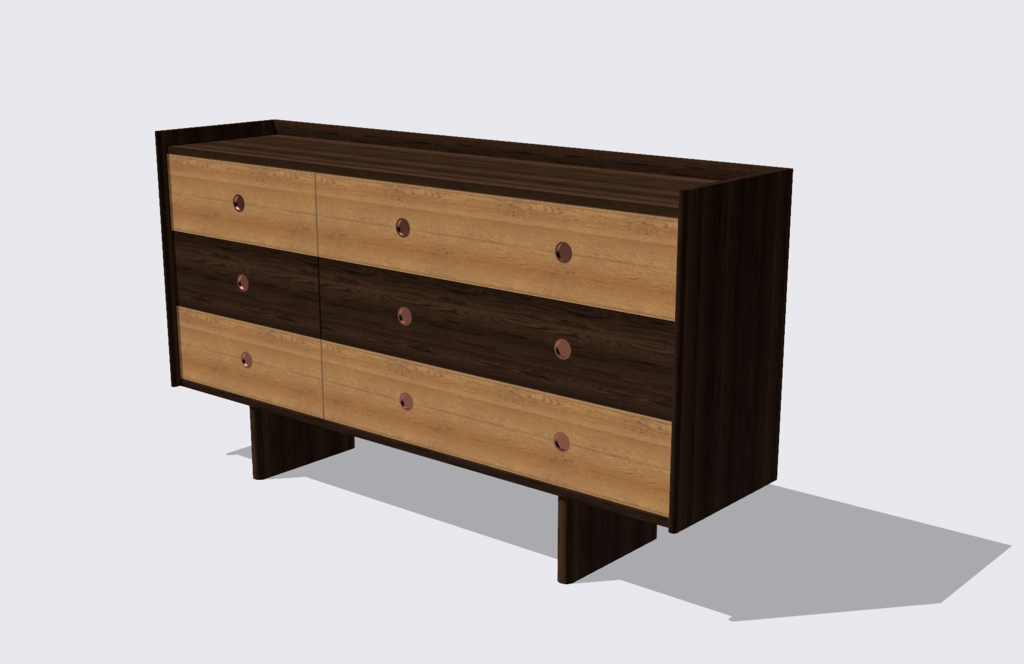


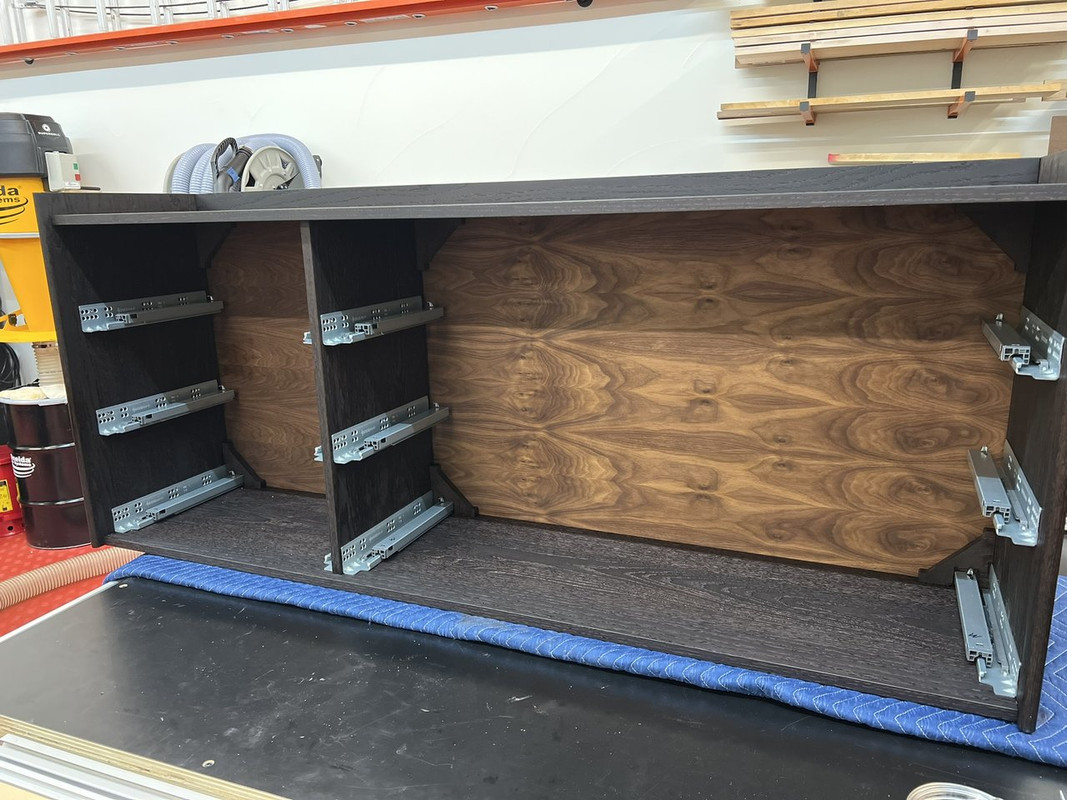

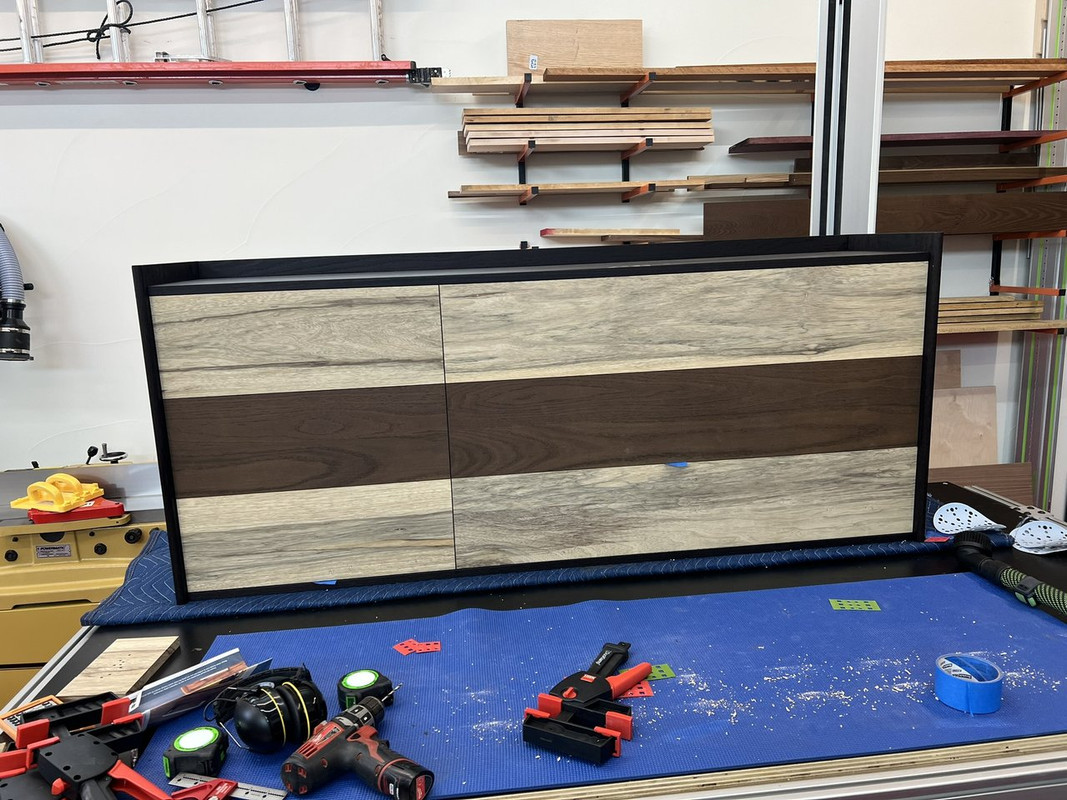

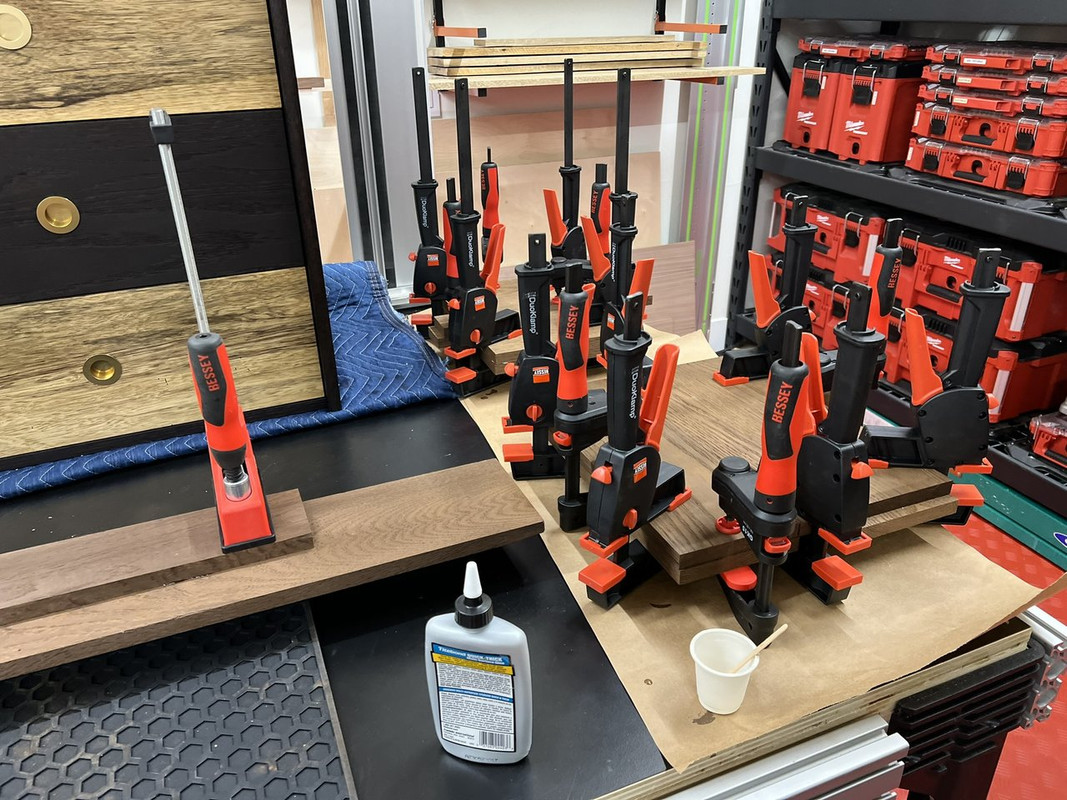
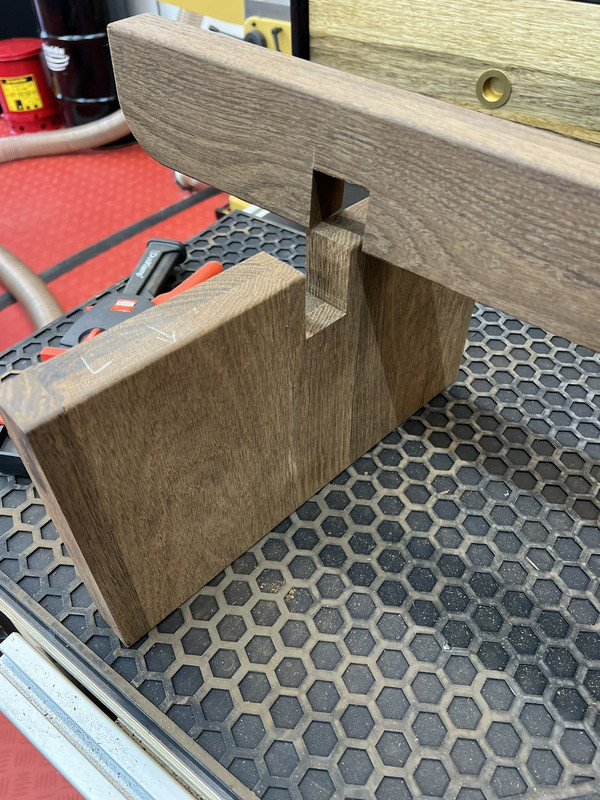
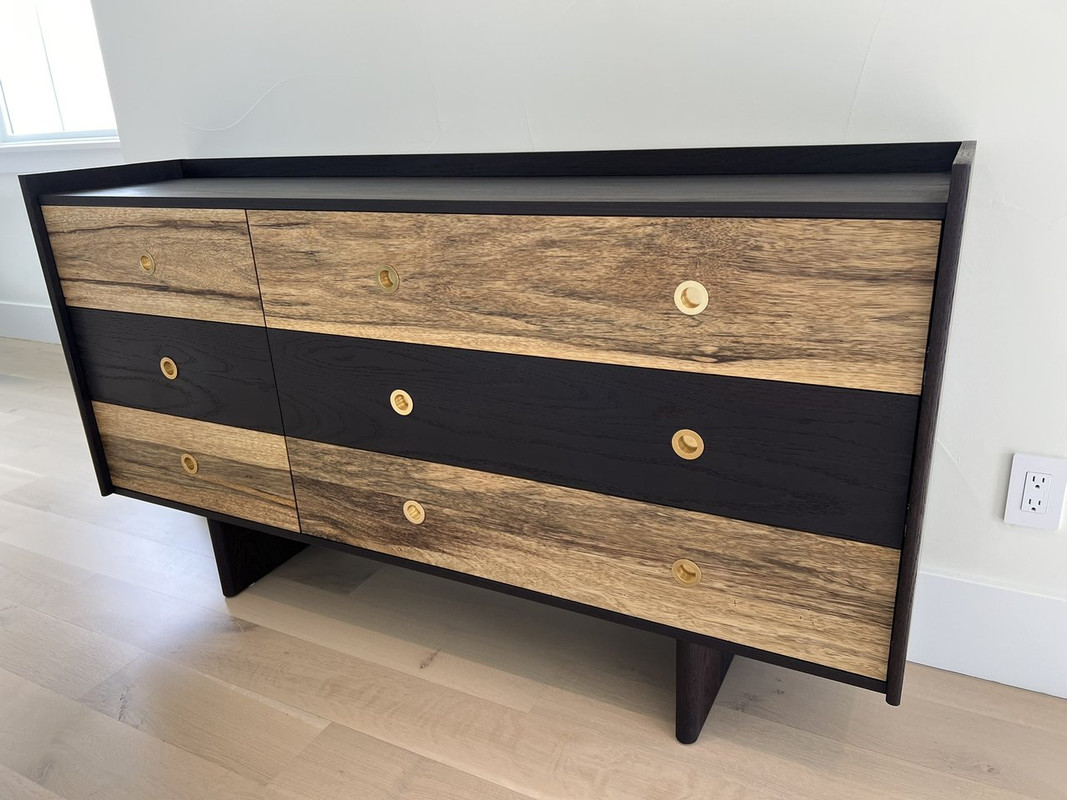


 Reply With Quote
Reply With Quote



